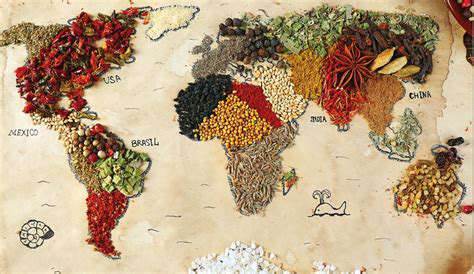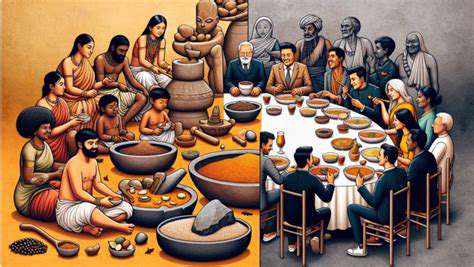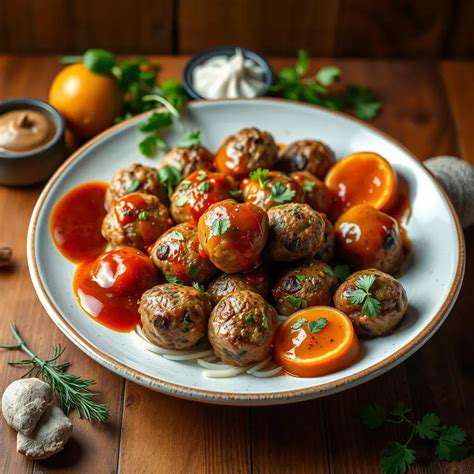The History of Curry: A Spice Blend's Journey

Curry's Evolution in Different Cultures

Early Influences and Regional Variations
Curry's origins are deeply rooted in South Asian cuisine, particularly in the Indian subcontinent. While often associated with a single dish, the term curry actually encompasses a vast array of dishes, each with its own unique blend of spices and techniques. These regional variations reflect the diverse culinary traditions of the Indian states and neighboring countries, each with its own specific spice combinations and cooking methods. Understanding these regional roots is crucial to appreciating the nuanced flavors and textures of different curry preparations.
From the rich and aromatic curries of Tamil Nadu to the fiery and complex dishes of Kerala, each region boasts its own distinctive flavor profile, influenced by local ingredients and historical trade routes. The use of specific spices like turmeric, ginger, and chili peppers, along with other regional additions like tamarind and coconut milk, contribute to the unique characteristics of each curry style. This diverse range of flavor profiles has made Indian cuisine so popular globally.
The British Empire and Globalization
The British Empire played a significant role in the global spread of curry. British traders and colonists introduced Indian cuisine to different parts of the world, leading to the adaptation and fusion of curry recipes with local ingredients. This exchange of culinary ideas resulted in a remarkable evolution of curry beyond its South Asian roots. The British taste for heat and unique spices contributed to the development of new curry variations.
This process of adaptation and fusion also led to the creation of new curry styles in different countries. The British, with their unique palate, influenced the kinds of spices and the balance of flavors, and further broadened the global appeal of curry.
Modern Interpretations and Innovations
In the modern era, curry continues to evolve, with chefs and home cooks alike experimenting with new ingredients and techniques. Fusion cuisine has further diversified curry, incorporating global flavors and ingredients into traditional recipes. This has led to a vibrant and exciting range of curry dishes, from those incorporating fresh herbs and vegetables to those incorporating seafood and meats. The adaptability of curry to new ingredients and cooking styles is remarkable and highlights its enduring appeal.
Innovations in spice blends and cooking methods have resulted in even more exciting and delicious curry creations. From gourmet restaurants to home kitchens, the desire for new flavor combinations and culinary experimentation continues to drive the evolution of curry.
Curry's Cultural Significance and Impact
Curry has transcended its culinary origins to become a significant part of global culture. The vibrant colors, aromatic spices, and diverse flavors of curry dishes have captivated palates worldwide. The versatility of curry allows it to be easily integrated into various cultural contexts and traditions. Furthermore, curry's presence in popular culture, through films, television shows, and social media, has further solidified its global appeal.
The rich cultural heritage associated with curry is evident in its diverse forms and preparations. The use of curry in various cultural events and celebrations further emphasizes its significant impact on global culinary traditions.
Read more about The History of Curry: A Spice Blend's Journey
Hot Recommendations
- Traditional Foods for Day of the Dead
- Food Etiquette in Italy: Pasta Rules!
- Best Family Friendly Restaurants with Play Areas in [City]
- Review: The Best [Specific Dessert] Place in [City]
- Top Ice Cream Parlors in [City]
- Traditional Foods for Halloween
- The History of the Potato in Ireland
- Best Vegan Pizza Joints in [City] [2025]
- Best Bakeries for Sourdough Bread in [City]
- Food Culture in Argentina: Asado and Wine










![Review: The [Specific Brand] Ice Cream Maker](/static/images/28/2025-07/DurabilityandBuildQuality3AWillitStandtheTestofTime3F.jpg)
